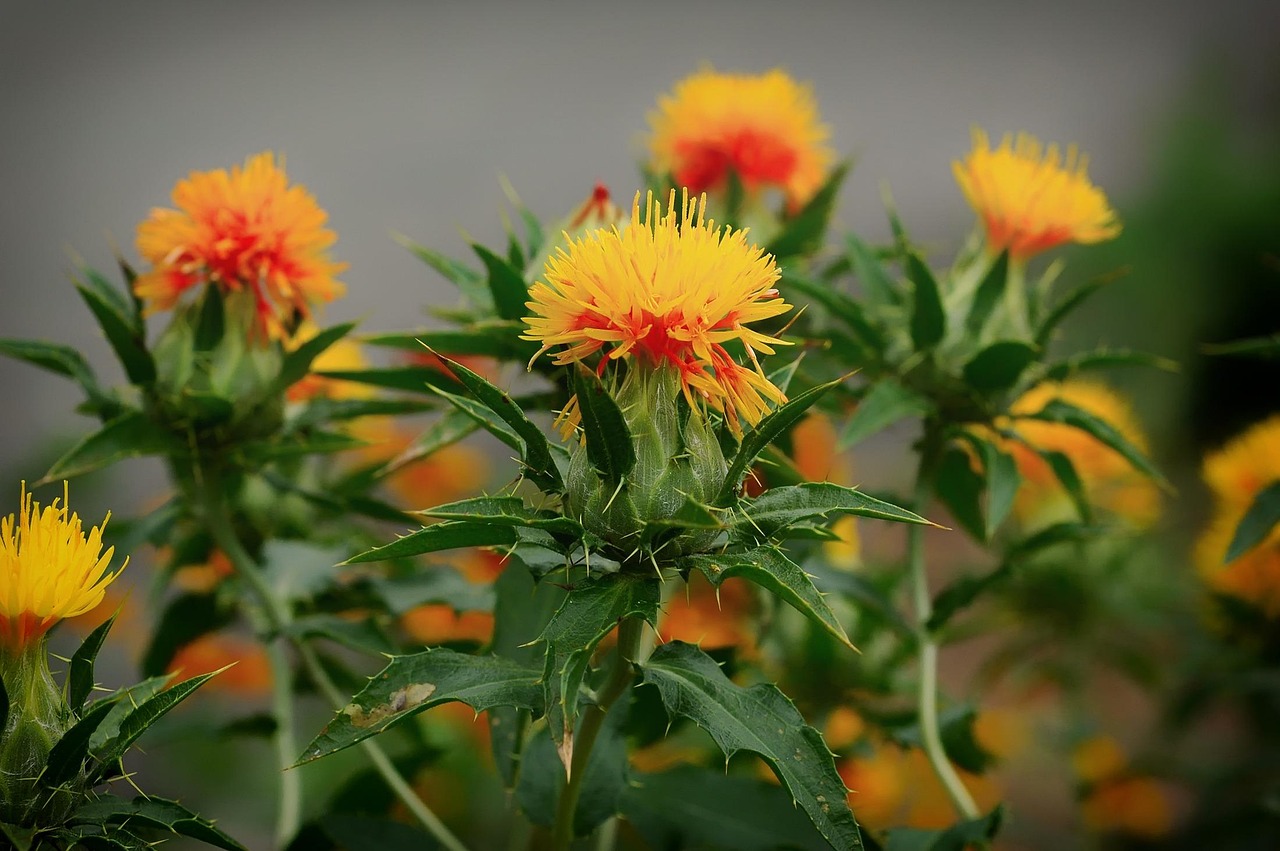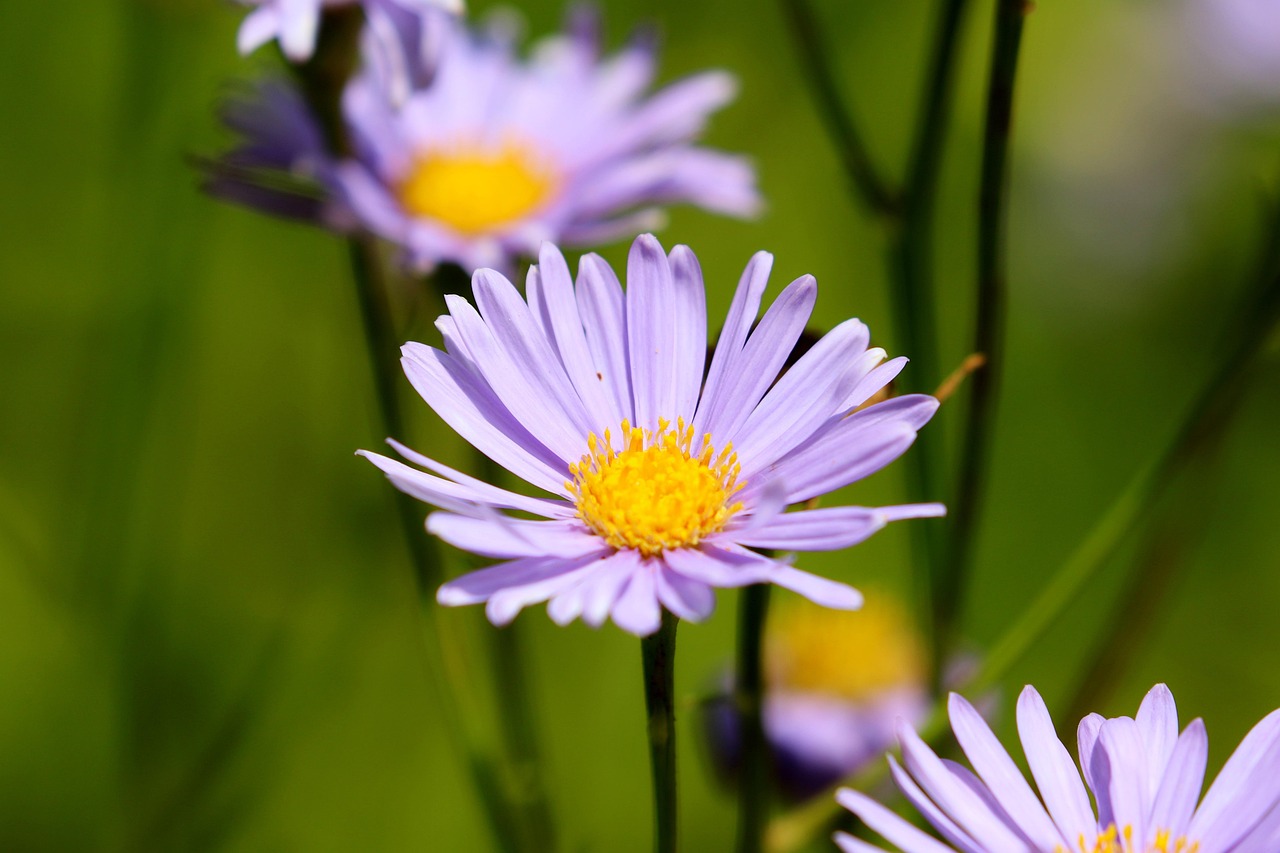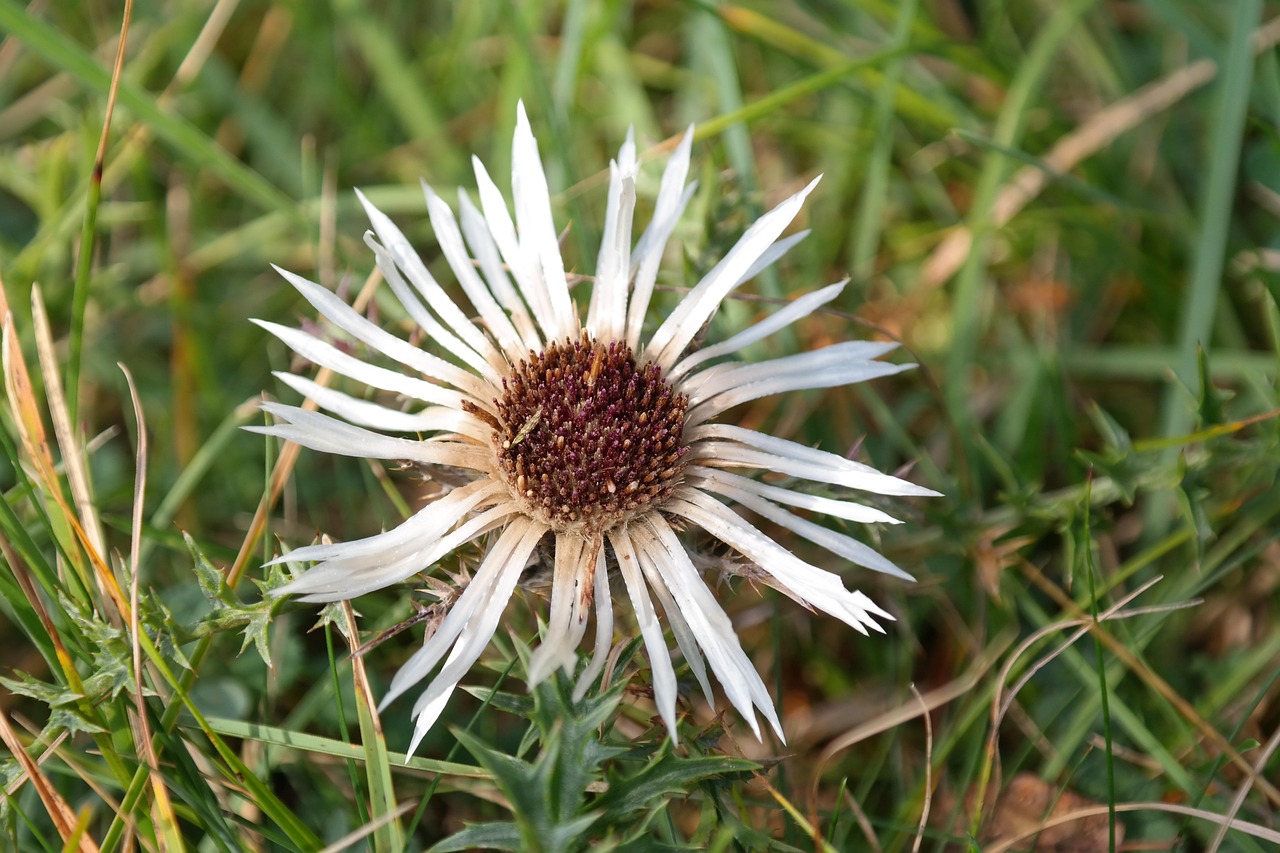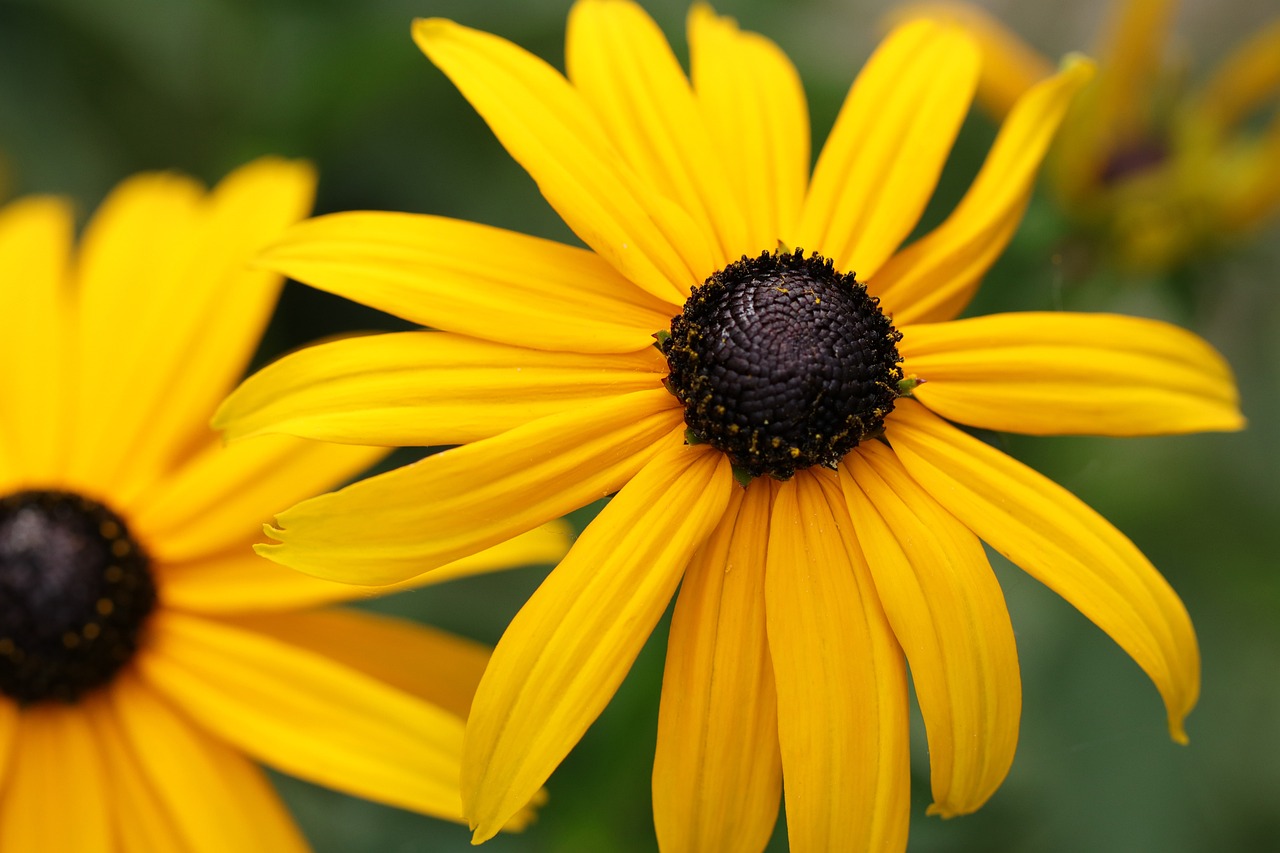Edelweiss | The White Flower of the Alps
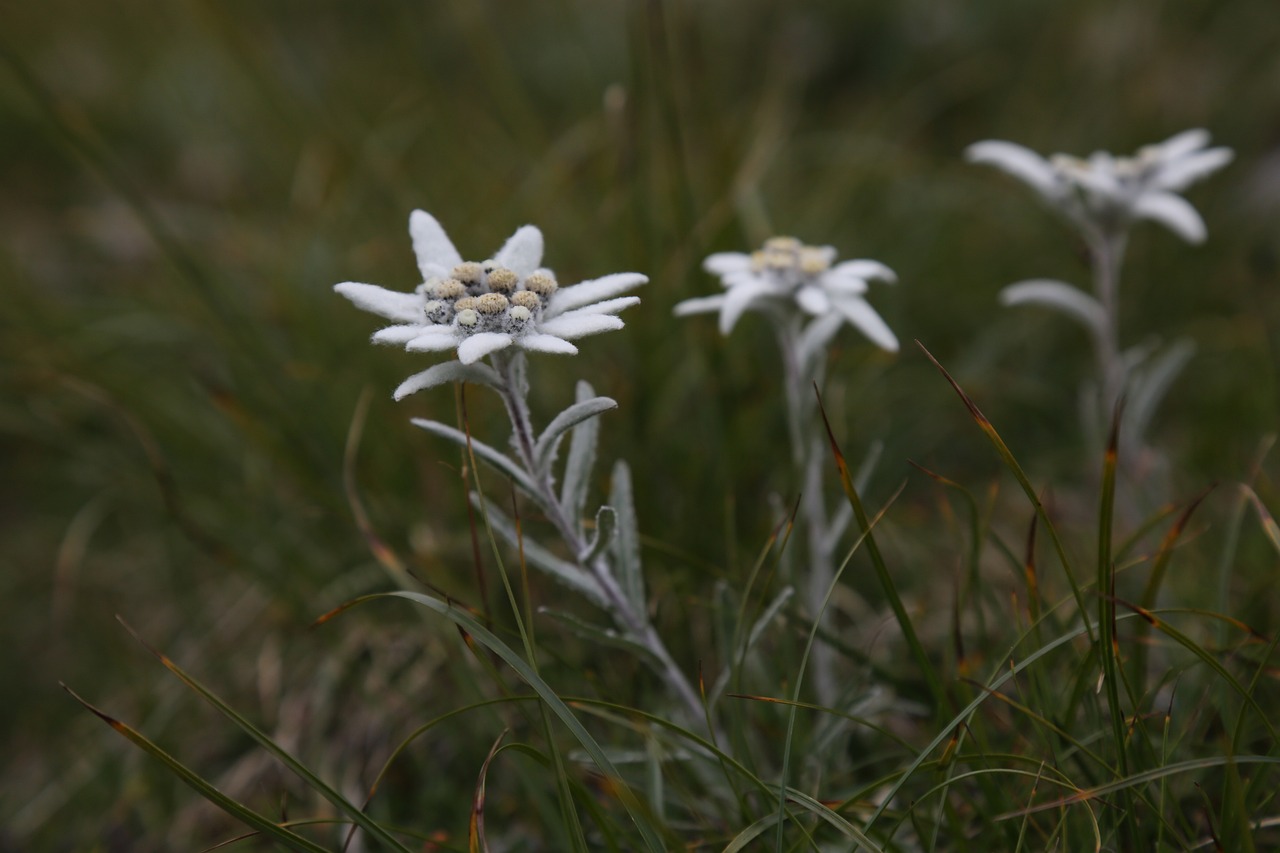
Edelweiss is known as a symbolic flower of the Alps, captivating many people with its delicate white appearance and mysterious aura. As a representative alpine plant that thrives in harsh environments, it also stands as a symbol of “purity” and “courage.”
In this article, I will explain in detail the basic information about Edelweiss, its cultural background, history, and tips for cultivation.
Basic Information
- Scientific name: Leontopodium alpinum
- Family: Asteraceae
- Origin: Alpine regions of Europe, especially the Alps
- Appearance: Edelweiss is known for its star-shaped white flowers. What appear to be petals are actually bracts, covered with fine white hairs, giving them a silvery-white shine. The plant is small, growing about 5–20 cm tall.
- Blooming season: Summer (June to September), showing its beauty in harsh conditions.
Cultural Significance Around the World
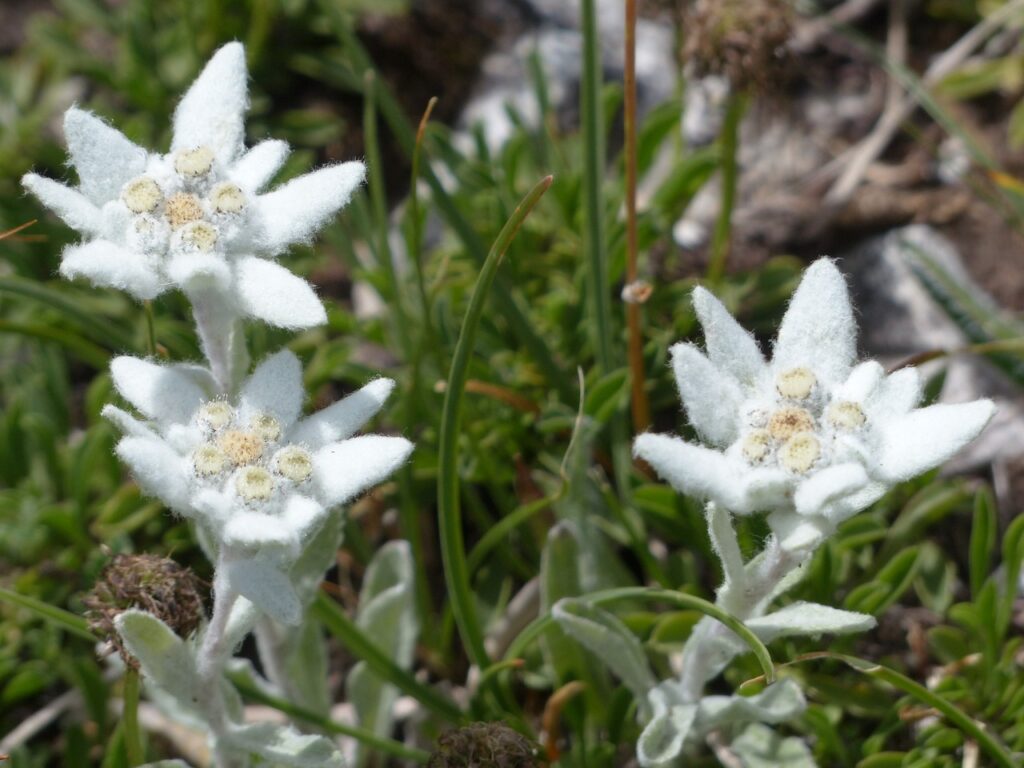
Edelweiss holds a special meaning in Europe, particularly in the Alpine regions.
In Switzerland and Austria, it is considered a symbol of “purity,” “courage,” and “love,” and has been repeatedly celebrated in folklore, music, and poetry.
Among them, the song “Edelweiss” from the film The Sound of Music helped to spread its fame internationally.
In Switzerland, Edelweiss is treated as a national symbol, appearing on coins and postage stamps.
In Austria, it has even been adopted as an insignia for the military, representing courage and loyalty.
This flower, blooming in the rugged mountains, has deeply moved people with its ability to overcome adversity.
Historical Background
The name Edelweiss comes from German, meaning “noble” (Edel) and “white” (Weiss), aptly describing this flower’s image as the noble white blossom of the Alps.
In the 19th century, European aristocrats were fascinated by Edelweiss during their alpine travels, and bringing it back became a sign of status. From this, romantic legends arose, such as presenting Edelweiss to a loved one as proof of devotion.
However, excessive picking once brought the plant close to extinction. Today, it is a protected species in many countries, and collecting it is prohibited.
Edelweiss has also become a symbol that prompts us to reflect on the impact of human activity on nature.
Gardening Advice
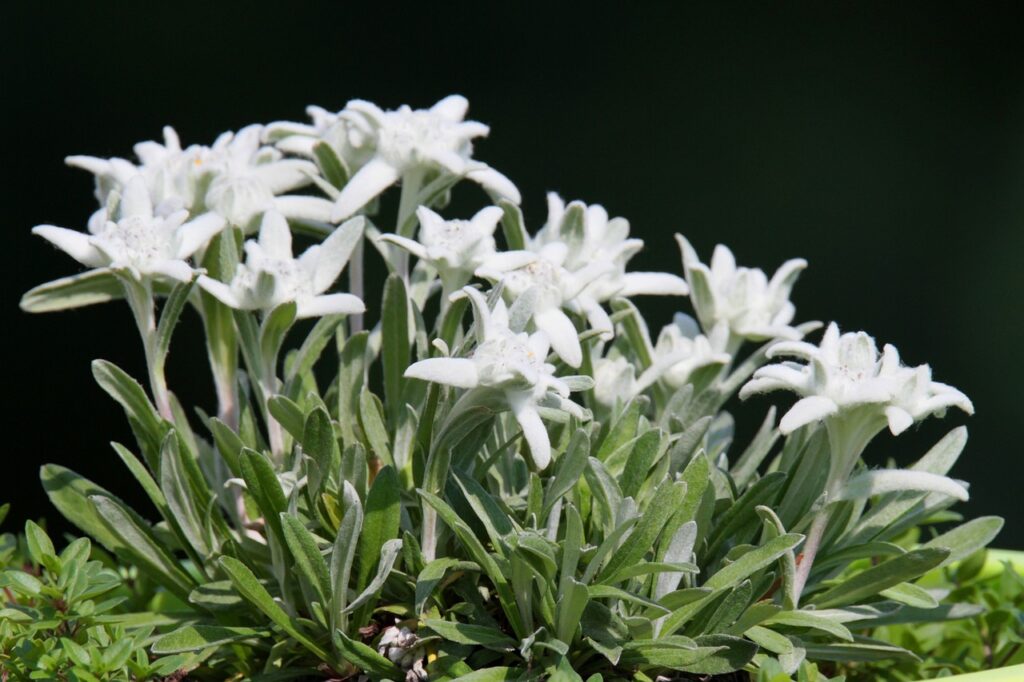
Cultivating Edelweiss requires conditions specific to alpine plants. It is essential to prepare an environment close to its natural habitat.
Sunlight
Prefers sunny locations with plenty of light for healthy growth.
Watering
Avoid overwatering. Water sparingly when the surface of the soil dries. For potted plants, good drainage is crucial.
Soil
Well-drained, sandy soil is ideal. As the plant prefers alkaline conditions, mixing lime helps its growth.
Temperature & Humidity
Thrives in cool environments. It does not tolerate hot and humid climates well, so I recommend placing it in a well-ventilated area.
Fertilizer
Apply sparingly. Since Edelweiss grows in nutrient-poor alpine soil, excessive fertilizer may harm its roots.
Wintering
Being native to cold regions, Edelweiss is relatively hardy. However, avoid exposing it directly to frost. For potted plants, bringing them indoors is effective.
Conclusion
Edelweiss, with its delicate beauty and symbolic meanings, has long been cherished by people.
By cultivating this flower that evokes the spirit of the Alps, you can bring its purity and courage into your own home.
Although it requires special care, the effort is well worth it. I encourage you to take on the challenge of growing this noble flower.

